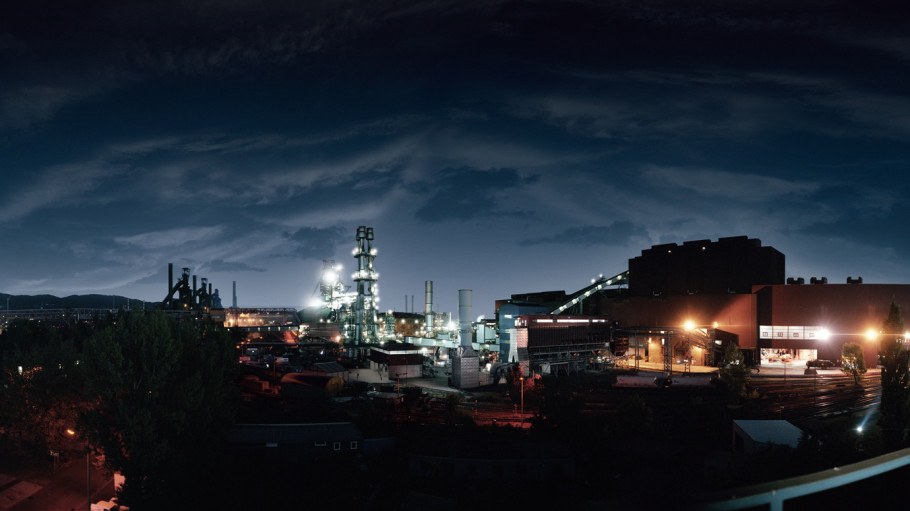
Issues » Industrial policy and the European steel market
Industrial policy and the European steel market
Downloads and links
Recent content
Economic and market outlook
Industry4Europe

The European steel industry is a strategic sector at the heart of the EU economy - responsible for 330,000 direct jobs and 2.6 million indirectly or induced jobs overall. The 160 million tonnes of finished steel the industry produces every year make modern life possible, with the metal used in automotive production, construction and in the creation of household and medical goods and appliances.
The importance and size of the European steel industry to the EU economy means that ensuring the regulatory and legislative framework is appropriate is the essential work of policy makers. This includes all facets of laws which affect the way the sector operates, including climate, competition, environment and trade policies. Only through getting all of these policies right can the sector's competitiveness be enhanced.
Taken together, the way these policy approaches interact is where the EU's industrial policy comes in: the attempt to bring order to a large rule book and to ensure that the right support and framework exists for the European steel sector to be competitive in a world of cut-throat competition. EUROFER supports the EU's work to build an industrial policy fit for the 21st century.
No industrial policy worth its name can exist without hard data confirming the trends in the sector. This is why EUROFER has a dedicated statistics and market analysis division - which compiles and updates a large body of statistical and economic data pertaining to the sector. This coverage includes employment, production, real and apparent demand, trade statistics and so on. EUROFER includes much of this data in its annual European Steel in Figures guide and its quarterly Economic and Market Outlook reports.
Brussels, 06 February 2025 – The economic and geopolitical conditions that have affected the European steel market over the past two years show no signs of improvement and have further deepened their negative impact on the sector in 2024. Growing uncertainty continues to weigh also on 2025 and 2026, with the outlook hinging on unpredictable developments especially as regards international trade. According to EUROFER’s latest Economic and Steel Market Outlook, the recession in apparent steel consumption in 2024 will be steeper than previously projected (-2.3%, down from -1.8%) and the expected recovery in 2025 has now been downgraded (+2.2%, down from +3.8%). Similarly, steel-using sectors’ recession has been revised downwards for 2024 (-3.3% from -2.7%), while growth projections for 2025 have also been lowered (+0,9% from +1.6%). Some acceleration is not expected until 2026 (+2.1%). Steel imports remain at historically high levels (28%) also in the third quarter of 2024.
First quarter 2025 report. Data up to, and including, third quarter 2024
Brussels, 04 February 2025 – The European Steel Association (EUROFER) supports the demonstration of thousands of industry workers taking place tomorrow, 5 February, in Brussels, organised by industriAll Europe. Steel workers from across the EU will join workers from other manufacturing industries to call on the European Commission to save our industry and preserve employment by investing in good industrial jobs and the transition, while combating global overcapacity and unfair trade.
The European Steel Association publishes quarterly economic reports assessing the state of the industry.
EUROFER is a member of Industry4Europe, a large and unprecedented coalition of organisations dedicated to campaigning for an ambitious EU industrial strategy.